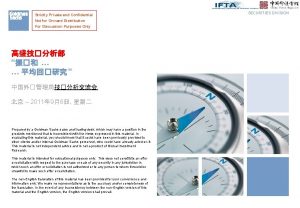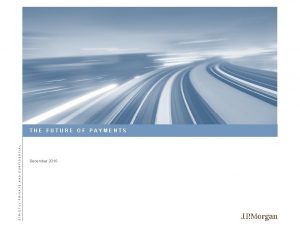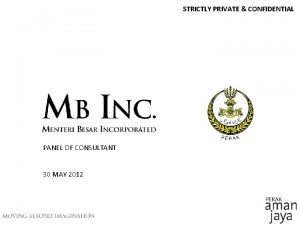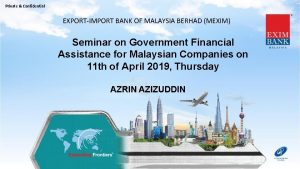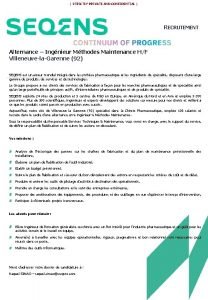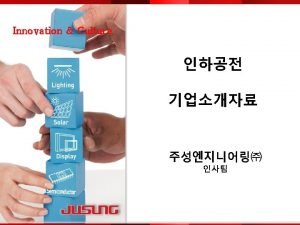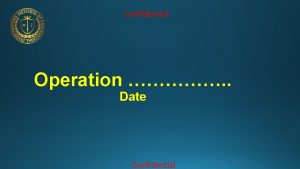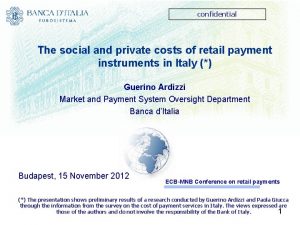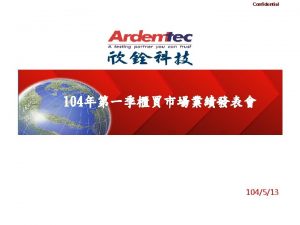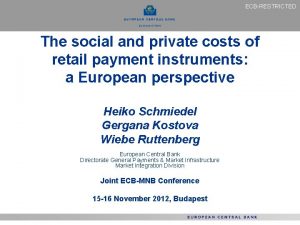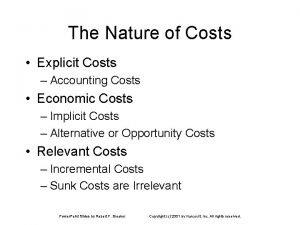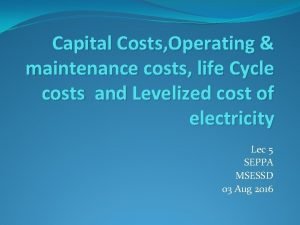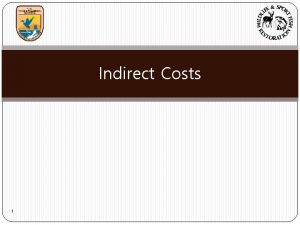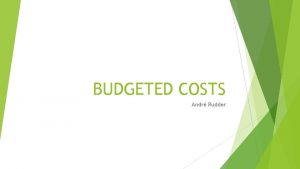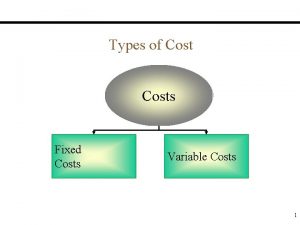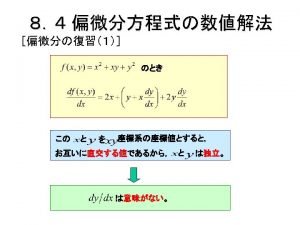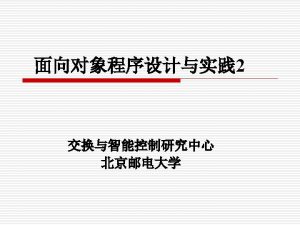confidential The social and private costs of retail

























- Slides: 25

confidential The social and private costs of retail payment instruments in Italy (*) Guerino Ardizzi Market and Payment System Oversight Department Banca d’Italia Budapest, 15 November 2012 ECB-MNB Conference on retail payments (*) The presentation shows preliminary results of a research conducted by Guerino Ardizzi and Paola Giucca through the information from the survey on the cost of payment services in Italy. The views expressed are those of the authors and do not involve the responsibility of the Bank of Italy. 1

Key issues § The Italian payment market in the international context § Survey on the costs of retail payments in Italy § Results: social cost, private cost, potential benefits § Recent developments in Italy § Follow up 2 SIA Expo 2012 Milan - 9 October 2012 2

The Italian payment market in the international context 3

Non-cash payments: still a relevant gap Non cash payments per inhabitant 2011 IT = 66 Note: ECB blue book statistics (*) estimated value excluding Pay. Pal 4

Non-cash payments: inefficient use of the payment infrastructure Source: ECB – Blue Book statistics Note: LU data is estimated without Paypal 5

Social costs of payments and percentage of cash transactions Source: ECB and NCB available study on the social costs of retail payments 6

The Survey in Italy 7

Stakeholders • Merchant Survey • About 500 firms, over 2000 shops • Bank of Italy local branches and retailers’ associations collaboration • Bank and infrastructures Survey • 65 per cent of payment market • Banks, post offices, credit card companies • EU Methodology, but • “front office” costs and households internal costs, not included 8

Results 9

social cost per payment instrument ECB 2012 * Italy: costs net of ‘front office costs’ 10

social cost composition by stakeholder - A large share of tot social cost are incurred by ‘retailers’ (over 52% for cash and checks). - For ‘retailers’: internal costs (excluding bank charges) are high also for credit transfers and direct debit (accounting, reconciliations, item collection, etc. ). 11

social cost composition by fixed vs variable costs (medium term time horizon of 3 -5 years for the variable costs) Cash fixed costs 36. 5 %; debit card fixed costs 63. 4 % 12

social cost: preliminary break even analysis in Italy – cash vs cards Warning: static analysis with no scale efficiency effects Criterion: the costs of one single additional transaction of size s: αj + βj s, the variable costs of a transaction with the payment instrument i, consists of a component that depends only on the fact that the transaction is carried out (αj ) and a component (βj ) related to the value of the transaction s (see also Brits-Winder 2005; Ten Raa Schestalova, 2004) 13

Results: Private Costs 14

‘Retailers’ private costs (B 2 C) 15

‘Bank and infrastructures’ private costs Unit private cost per payment instruments The cost component not recovered through pricing is particularly significant for ‘cash’ and ‘checks’. ‘cash’ is largely subsidized by net gains on payment cards 16

‘Bank and infrastructure’ private costs ü the cost to a bank of supplying cash OTC is seven or eight times greater than via ATM ü the cost of a paper based transfer is three/four times higher than the cost of an electronic transfer ü the relative lack of process automation is one of the main obstacles to improve efficiency ü technology development in payment instruments would overall affect bank efficiency : E-PAG RATIO = share of electronic payments on total payments Source: Bank of Italy, banking statistics n. 543 commercial banks (2009) 17

Potential benefits from shifting to innovation 18

Potential savings from reducing cash and paper based procedures: preliminary results from the Survey in Italy ü savings due to electronic payments migration: about 0, 30 % GDP for Italy ü savings decomposition o great effect from e-payment substitution o cash is not the only problem Those savings, however, underestimate the potential social economic benefits associated to the virtuos innovation process 19

. . electronic payments and economic development: a positive correlation – countries with a higher proportion of cashless payments are characterized by a better performance of the total factor productivity (technical progress). – innovation in payments facilitates the access to new markets (eg ecommerce) –. . and electronic payment diffusion may reduce area of shadow economy Non cash payments - /e-commerce 2009 Non cash payments and TFP 350 2. 0% 1. 5% BE non DE ES PT 0. 0% 0 100 200 -0. 5% -1. 0% AT cash. SE FI NL TFP var% (2001 - 0. 5% 2009) ITALIA Non cash payment per inhabitant Source: ECB, OECD SE NL 300 IE 1. 0% FI AT FR 250 400 DK IE EU PT 150 ES 100 300 UK BE DE payments. 200 per inhab DK FR NO SR PO ITALIA 50 HU GR 0. 0 5. 0 10. 0 15. 0 20. 0 25. 0 on retail sector % e-commerce - 20

Recent developments 21

Recent developments: national regulation – Decree “Salva. Italia” 6/12/2011 • limiting use of cash over 1000 euro • basic current account • agreement on merchant fees (forthcoming) Financial inclusion Reducing the cost of retail payments – Decree for “growth”: ‘Sviluppo bis’ (forthcoming) Enhancing e-payments • Accepting electronic payments in the Reducing cash usage public and private sectors Traceability Efficiency Safety 22 SIA Expo 2012 Milan - 9 October 2012 22

Recent development: cash trend in Italy 2012 cash limits EUR 1000 Legend: cash card ratio = atm withdrawal/total card turnover; ATMRATIO = atm withdrawal on total cash withdrawal; cash-gdp = total cashwithdrawal on GDP 23

Follow up SIA Expo 2012 1) Efficiency is a relevant issue in the Italian payment market; results of the survey give important indications: • Cash vs more efficient payment services • Paper vs STP 2) ‘Out of the survey’ relevant ongoing developments o New payment instruments for low value payments (eg. mobile, c-less) not covered by the survey. o Improvement of the pricing schemes ØLimiting blending practices Milan - 9 October 2012 24 24

Thanks for the attention! 25
 Strictly confidential do not distribute
Strictly confidential do not distribute Confidential not for circulation
Confidential not for circulation Strictly private & confidential
Strictly private & confidential Strictly private and confidential
Strictly private and confidential Strictly private & confidential
Strictly private & confidential Private and confidential in bahasa malaysia
Private and confidential in bahasa malaysia Strictly private and confidential
Strictly private and confidential Strictly private and confidential
Strictly private and confidential Private and confidential
Private and confidential Strictly private & confidential
Strictly private & confidential Communication mix in retail
Communication mix in retail Retail org chart
Retail org chart Social thinking social influence social relations
Social thinking social influence social relations Social thinking social influence social relations
Social thinking social influence social relations Blancco oy
Blancco oy Confidential & proprietary
Confidential & proprietary Microsoft second internaluseonly distro
Microsoft second internaluseonly distro Hát kết hợp bộ gõ cơ thể
Hát kết hợp bộ gõ cơ thể Slidetodoc
Slidetodoc Bổ thể
Bổ thể Tỉ lệ cơ thể trẻ em
Tỉ lệ cơ thể trẻ em Chó sói
Chó sói Glasgow thang điểm
Glasgow thang điểm Bài hát chúa yêu trần thế alleluia
Bài hát chúa yêu trần thế alleluia Môn thể thao bắt đầu bằng chữ đua
Môn thể thao bắt đầu bằng chữ đua Thế nào là hệ số cao nhất
Thế nào là hệ số cao nhất
